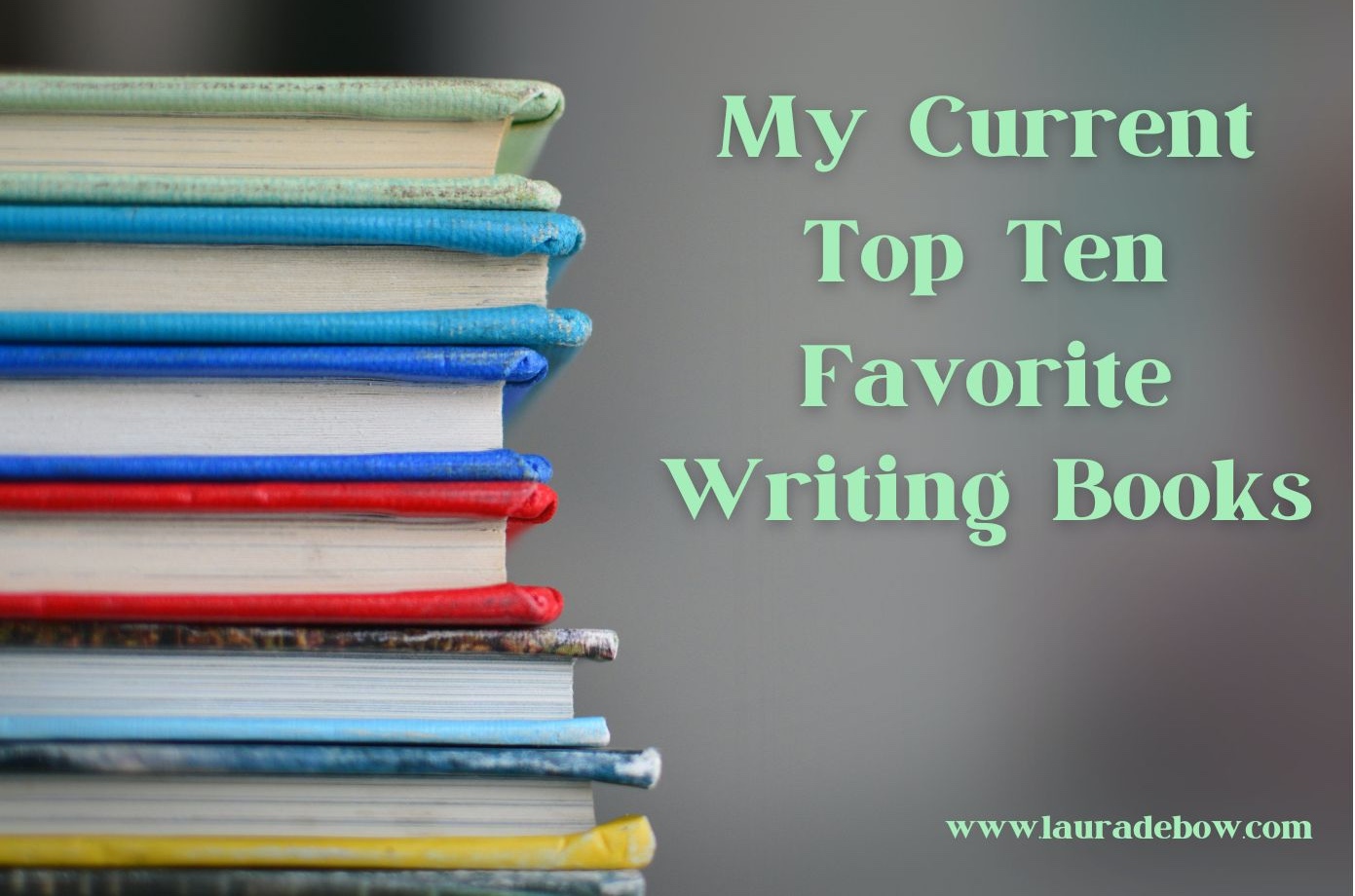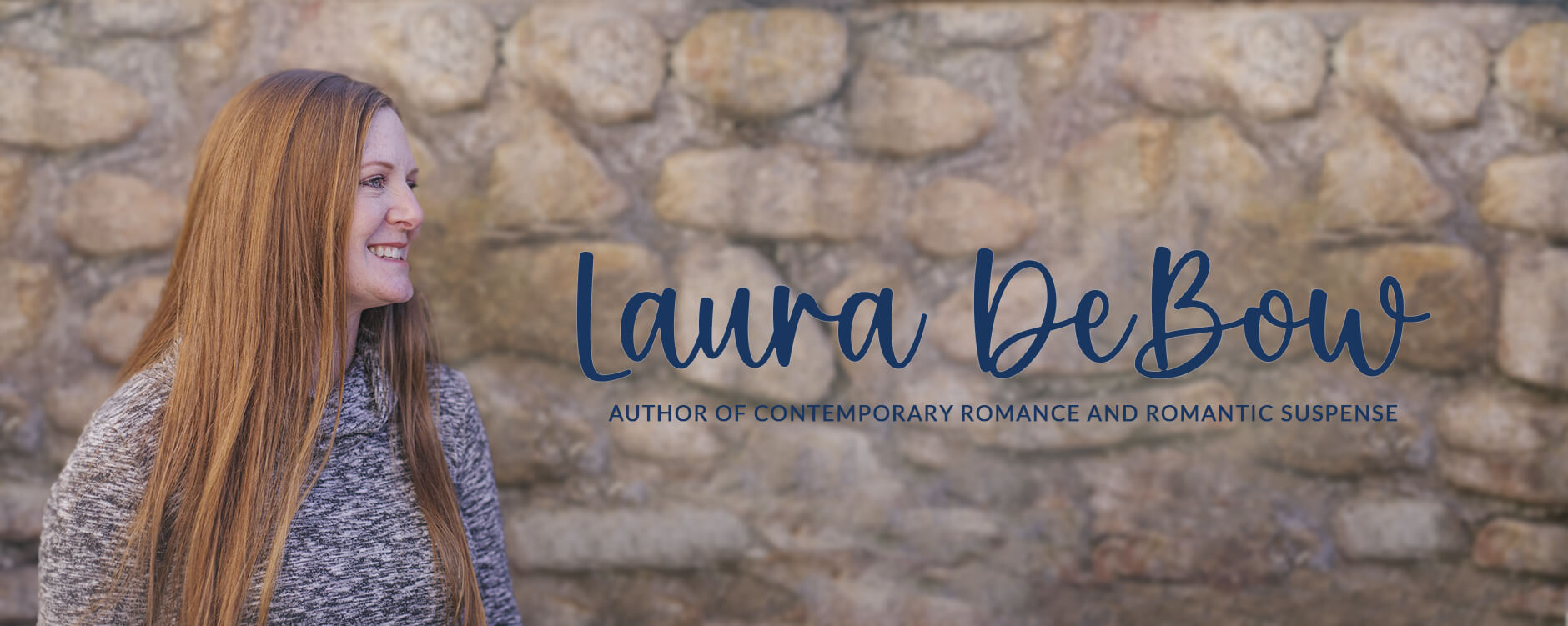
This past spring, I shared my top ten writer resources. I hope some of my writer friends found new-to-them tools to check out. Books on the craft of writing are ubiquitous tools for any writer and didn’t delve any deeper than that because, for that post, I wanted to share my favorite resources outside of craft books. I have more than thirty writing-related books that live on my bookshelves or in my Audible account. Today I’m sharing ten of my current favorite craft and other writing reference books that are part of that collection.
On Writing: A Memoir of the Craft, Steven King
Part memoir, part practical advice, this delightful book by the “King of Horror” shares the candid experiences and wisdom he’s gleaned over fifty-plus years of writing. If not the greatest writer of our time, King is a master storyteller, and this book is peppered with plenty of personal anecdotes amid specific advice and opinions on writing-related essentials such as discipline, grammar, dialogue, theme, pace, and more. Reading this book feels a lot like having a couple of drinks with an old writer friend and mentor (including some salty language; consider yourself forewarned).
GMC: Goal, Motivation, Conflict: The Building Blocks of Good Fiction, Debra Dixon
This small but mighty book, first published in 1996, is a classic for a reason. Divining the goal, motivation, and conflict—both internal and external—surrounding a story’s main characters is essential for building a believable, engaging, and relatable tale. The book is rich with examples, exercises, and a sample chart to help writers boil down the who, what, why, and why nots of a story. Dixon’s use of The Wizard of Oz as her chief example is excellent, as Dorothy’s GMC in the film is textbook perfection.
Words Matter: Prayers from a Writer’s Heart, Robin Lee Hatcher
Another tiny but powerful book, Words Matter is a collection of prayers for writers. I’ve been working to develop the habit of reading a verse or two and praying before I begin writing each session, and this book provides a perfect plan for it. Many of the prayers include a short passage, and the prayers are an excellent way to start each time I sit down to respond to the call on my heart to write.
Bird by Bird: Some Instructions on Writing and Life, Anne Lamott
Another must-have for writers, also a blend of memoir and sage writing advice, Bird by Bird is a call to authenticity. Lamott emphasizes essentials such as paying attention to the world around you and using it to inspire your writing, finding your voice, and deeply knowing your characters. Sidenote: I have the audiobook version of this, narrated by Lamott herself, and it’s amazing! Heads up: Lamott is another author not adverse to sprinkling in profanity and some colorful stories.
Exploring the Art of Character, DiAnn Mills
One of the best things about Mills’ romantic suspense books is her rich characters. Engaging and complex characters make a story, and Mills’ short but mighty book delves deep into building relatable characters that matter to readers. This book uses the elements of GMC as a springboard and Mills gives writers essential guidance on creating three-dimensional, well-rounded characters. Each chapter end features exercises to help writers dig into the foundation-building of characters who will come alive on the page.
How to Write Best-Selling Fiction (Course Guidebook from The Great Courses lecture by the same name), James Scott Bell
I purchased this resource on Audible and it included a downloadable PDF of an accompanying course book. I had the document printed and bound at a local office supply store and made notes all over it as I listened to Bell teach the course. Bell strongly believes the three-act structure is essential to a well-written story. In this 24-lecture course/book, Bell also covers key elements of well-written novels such as characters, plot, dialogue, theme, and more.
Rivet your Readers with Deep Point of View, Jill Elizabeth Nelson
This slim handbook guides writers to create a deep POV that will pull readers into the stories alongside characters. Focused on the art of showing instead of telling, the book features plenty of examples and exercises designed to help writers pull readers into a deep narrative, where readers live stories, not just read them.
Romancing the Beat: Story Structure for Romance Novels, Gwen Hayes
It turns out that the romance genre has a slightly different structure than most other genres. This quick, easy read is full of 80s pop culture references and nods to Taylor Swift songs. But in the end, Hayes provides a four-phase structure—a slight deviation or expansion of Bell’s three-act approach—and a corresponding beat sheet, giving writers a road map to a well-balanced romance novel.
The Emotional Wound Thesaurus: A Writer’s Guide to Psychological Trauma, Angela Ackerman and Becca Puglisi
As mentioned above, goal, motivation, and conflict are foundational to fleshing out characters and story. A character’s goals and motivation are often driven by their past experiences. The Emotional Wound Thesaurus is a dynamic resource for drilling down into a character’s psyche to understand how past hurts and trauma can influence their present and future.
Flip Dictionary, Barbara Ann Kipfer, Ph.D.
This thick reference book is a fantastic tool for determining what you’re trying to convey when you’re solid on your idea but not specific words or phrases. The book’s tagline is: “For when you know what you want to say but can’t think of the word.” The book goes beyond a standard dictionary, using cue and clue words to lead writers to specific words or exact phrases, and includes sidebars and group listings by subject.
Writer friends, do you have any of these resources? If so, which one(s)? Which of these might you add to your collection? Which resource or craft books are your favorites or go-to’s? I’d love some recommendations.


Great recommendations, Laura, thanks!
Glad you agree, Lindy! What’s on your resource shelf?